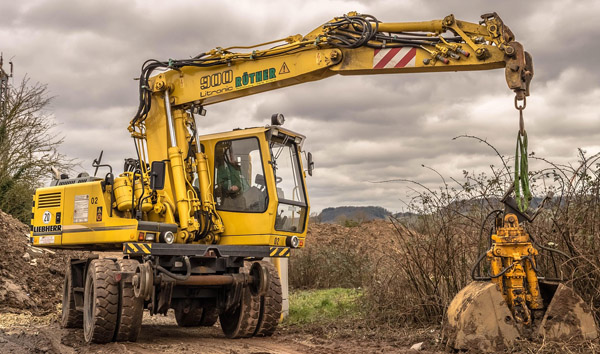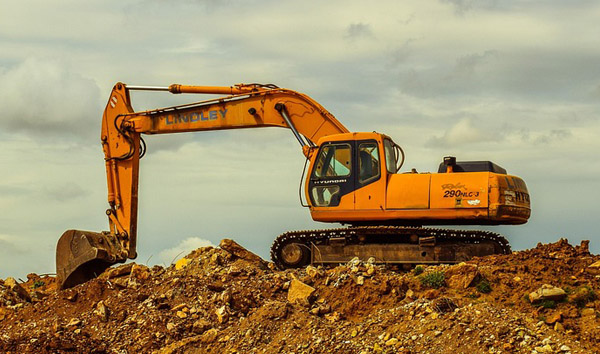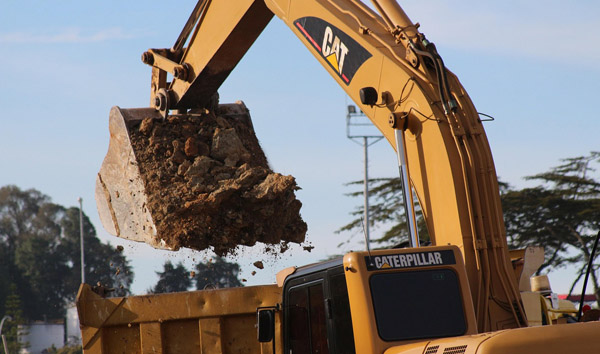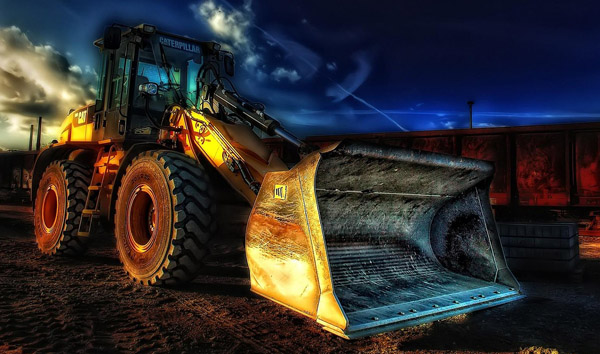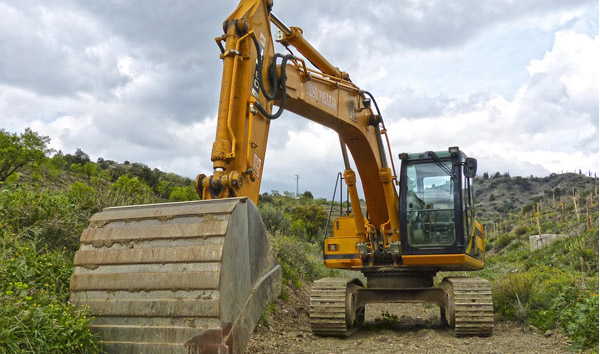Navigating the Robust Capabilities of Modern All-Terrain Forklifts
2025-08-06 05:00:29
All-terrain forklifts have revolutionized material handling in challenging environments, offering unparalleled adaptability across construction sites, agricultural fields, and industrial yards. This report delves into the critical specifications of these machines, analyzing their load capacities, engine performance, and terrain adaptability to provide a comprehensive understanding of their operational advantages. The all-terrain forklift is engineered to perform in the most demanding conditions, combining rugged durability with advanced hydraulic systems. Key specifications include a load capacity ranging from 3,000 to 10,000 kg, depending on the model, and lift heights extending up to 6 meters. These machines are powered by robust diesel or hybrid engines, delivering torque outputs between 120 and 250 Nm to ensure smooth operation on uneven surfaces.
One of the defining features of an all-terrain forklift is its tire configuration, which typically includes large, deep-tread pneumatic tires for superior traction. The ground clearance often exceeds 300 mm, allowing the forklift to navigate rocky or muddy terrain without compromising stability. Additionally, the articulation joints and reinforced chassis contribute to a turning radius as tight as 3.5 meters, enhancing maneuverability in confined workspaces.
Engine performance remains a critical factor in all-terrain forklift specifications. Modern units incorporate turbocharged diesel engines with power ratings from 75 to 130 HP, ensuring optimal fuel efficiency under heavy loads. Some models feature eco-friendly hybrid systems, reducing emissions by up to 30% compared to conventional engines. These advancements align with global sustainability initiatives while maintaining the high torque required for off-road applications.
Safety specifications are equally paramount in all-terrain forklift design. Operators benefit from features such as anti-rollover protection systems (ROPS), load-sensing hydraulics, and ergonomic cabins with 360-degree visibility. The inclusion of advanced telematics allows real-time monitoring of machine health, load distribution, and fuel consumption, minimizing downtime and enhancing operational efficiency.
In conclusion, the all-terrain forklift stands as a versatile solution for industries requiring reliable material handling in unpredictable environments. With specifications tailored for power, stability, and safety, these machines continue to set benchmarks in the logistics and construction sectors. Future innovations may focus on autonomous operation and further emission reductions, solidifying their role in next-generation industrial operations.




